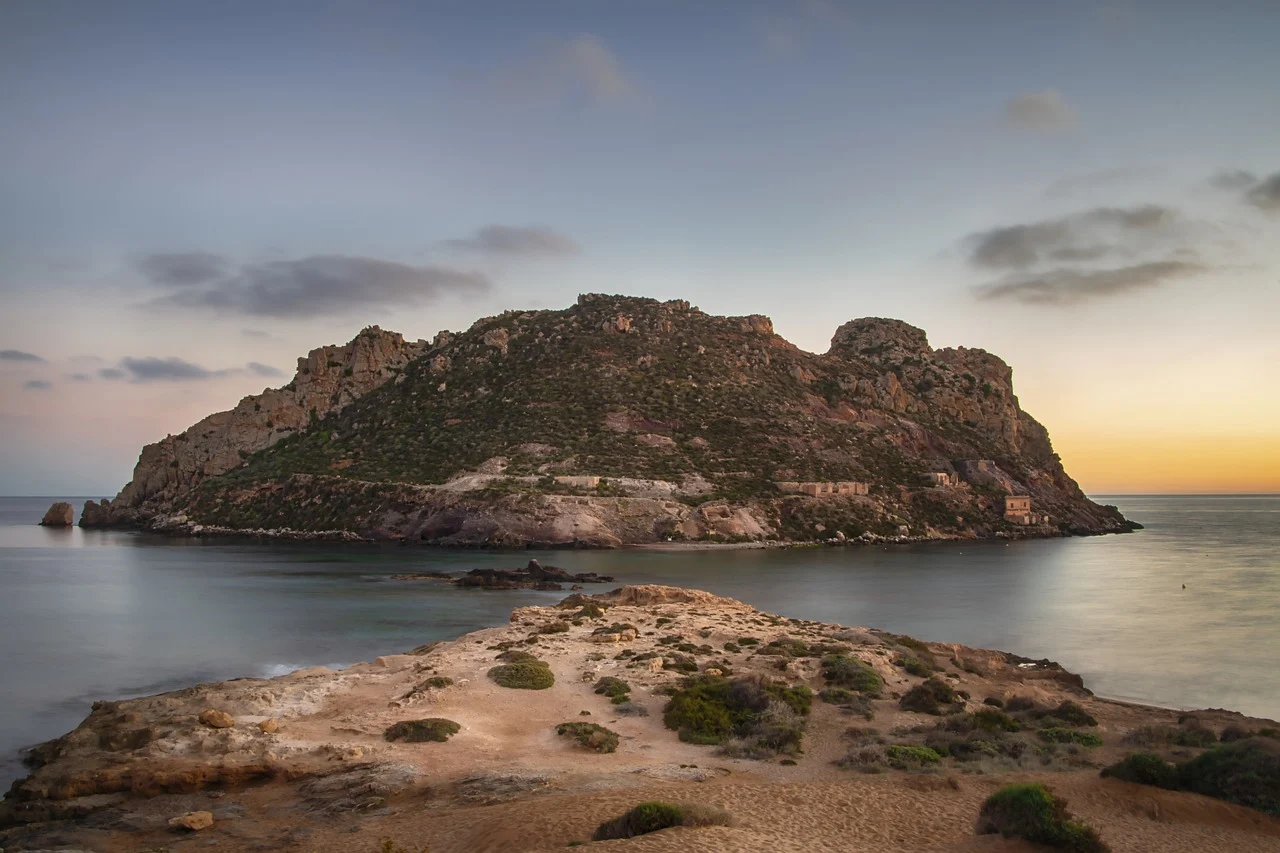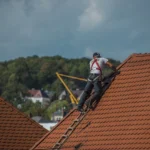Roo Island holds a unique place in the hearts of its residents and visitors, who enjoy its vibrant community, stunning views, and fascinating history. But, as time passes, environmental wear and human impact can take a toll on Roo Island’s charm. Restoring Roo Island to its former beauty is a worthwhile project that requires dedication, knowledge, and the right steps to ensure long-lasting results. Whether you’re an island resident, frequent visitor, or conservationist, this guide will walk you through the process of restoring Roo Island’s natural beauty, architecture, and public spaces.
- Understanding the Importance of Restoring Roo Island
- Identifying Key Areas of Restoration on Roo Island
- Planning Your Roo Island Restoration Project
- Cleaning and Maintaining Roo Island’s Beaches
- Restoring Roo Island’s Coastal Ecosystems
- Preserving Historical Landmarks on Roo Island
- Revitalizing Roo Island’s Public Spaces
- Promoting Sustainable Practices for Long-Term Restoration
- Involving the Community in Roo Island’s Restoration
- Monitoring and Maintaining Roo Island’s Restored Areas
- Conclusion
Understanding the Importance of Restoring Roo Island
Roo Island boasts a distinctive ecosystem, rich cultural heritage, and a tight-knit community. Restoring the island isn’t just about aesthetics; it’s about preserving natural habitats, boosting tourism, and maintaining a safe, welcoming environment for all. Restoration also helps:
- Protect endangered species and their habitats
- Promote eco-tourism, supporting the local economy
- Preserve historical landmarks that define the island’s identity
A well-maintained island ensures a thriving environment for people and wildlife alike.
Identifying Key Areas of Restoration on Roo Island
Before you dive into specific restoration projects, identify key areas that need attention. These often include:
- Coastal areas suffering from erosion
- Historical structures needing repairs
- Natural habitats affected by pollution
- Public spaces for community gatherings
Once you’ve identified these areas, prioritize them based on severity of damage, accessibility, and available resources. Addressing the most critical spots first ensures an efficient and visible transformation.
Planning Your Roo Island Restoration Project
Effective planning is the backbone of a successful restoration project. Begin by assessing the currentcondition of Roo Island’s critical areas. Some steps to consider:
- Consult local experts on environmental and historical preservation.
- Develop a restoration timeline based on the specific needs of each area.
- Budget resources for materials, labor, and unforeseen expenses.
- Organize volunteers and, if possible, seek partnerships with local organizations.
Creating a detailed, realistic plan will save time and resources in the long run, making your restoration efforts smoother.
Cleaning and Maintaining Roo Island’s Beaches
Roo Island’s beaches are among its most valuable assets, attracting both locals and tourists. Regular beach cleanups play a crucial role in removing plastic waste, harmful debris, and pollutants that harm marine life. To help restore and maintain Roo Island’s beautiful beaches, consider organizing regular cleanups by reaching out to local organizations for support. Encourage proper waste disposal by setting up bins and clear signage, and educate the community to raise awareness about beach pollution. By keeping the beaches clean, you contribute to protecting marine ecosystems and preserving one of Roo Island’s key attractions.
Restoring Roo Island’s Coastal Ecosystems
Coastal ecosystems such as mangroves, coral reefs, and dunes are vital to Roo Island’s environmental health. They act as natural barriers against storms, improve water quality, and provide habitats for diverse wildlife. To restore these ecosystems, replant mangroves to reduce erosion and stabilize soil, install reef balls or artificial structures to encourage coral growth, and manage invasive species that threaten native plants and wildlife. By prioritizing the preservation of coastal ecosystems, Roo Island can maintain its natural defenses and continue to support biodiversity.
Preserving Historical Landmarks on Roo Island
Roo Island’s historical landmarks tell the story of its past and bring a sense of identity to the community. Restoring these landmarks requires careful handling to avoid damaging their structural integrity. Here are some best practices:
- Use original materials wherever possible for an authentic look.
- Consult historical preservation experts to guide restoration efforts.
- Conduct regular maintenance checks to prevent future deterioration.
Whether it’s a lighthouse, a community hall, or ancient ruins, preserving Roo Island’s historical landmarks keeps the island’s history alive for future generations.
Revitalizing Roo Island’s Public Spaces
Public spaces like parks, playgrounds, and squares are essential for community gatherings and outdoor activities. Here’s how you can restore and maintain these areas:
- Grow native trees and shrubs to boost green spaces.
- Install durable seating and lighting to make spaces safer and more welcoming.
- Organize community events to encourage local involvement in maintaining these spaces.
A well-kept public space improves the quality of life for residents and invites visitors to enjoy Roo Island’s community spirit.
Promoting Sustainable Practices for Long-Term Restoration
The long-term success of Roo Island’s restoration depends largely on the adoption of sustainable practices. It’s important to promote eco-friendly methods throughout all restoration projects to reduce environmental impact. This includes utilizing renewable energy sources for lighting and transportation, choosing recyclable materials for construction and repairs, and implementing water-saving practices to conserve the island’s resources. By embracing these sustainable solutions, Roo Island’s restoration efforts will become more effective and resilient.
Involving the Community in Roo Island’s Restoration
A restoration project is most successful when the entire community is involved. Here’s how to bring everyone on board:
- Host informational workshops to educate residents on restoration goals.
- Form a volunteer network to assist with beach cleanups, planting, and maintenance.
- Reward eco-friendly initiatives by recognizing local contributions.
When residents feel connected to the restoration effort, they’re more likely to support and participate actively, ensuring the project’s continuity.
Monitoring and Maintaining Roo Island’s Restored Areas
The effort doesn’t end when the restoration is finished. Regular maintenance is essential to ensure the restored areas remain in good condition. Here are some tips for ongoing upkeep:
- Conduct bi-annual assessments to identify and fix issues promptly.
- Engage volunteers to assist with routine maintenance.
- Set up monitoring stations to track environmental health.
By staying vigilant, you can maintain Roo Island’s restored areas for years to come, keeping it a thriving, beautiful location.
Conclusion
Restoring Roo Island is a rewarding journey that revitalizes the island’s charm, protects its unique ecosystems, and preserves its rich history. Whether you’re participating in beach cleanups, revitalizing public spaces, or preserving historical sites, your efforts contribute to a brighter future for Roo Island. Through sustainable practices and community involvement, you can help ensure that Roo Island remains a beautiful and welcoming destination for generations to come.








